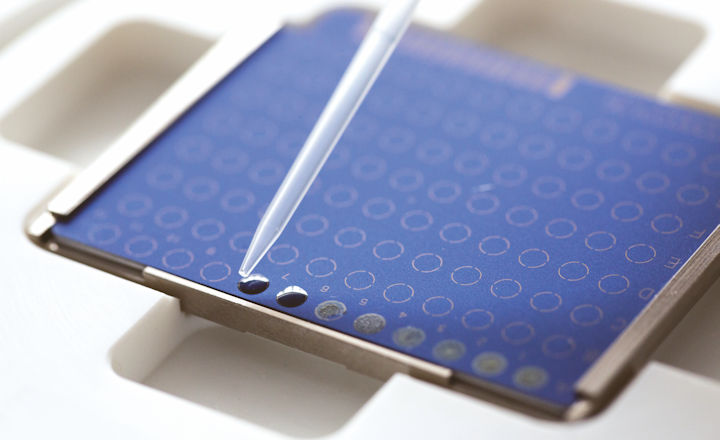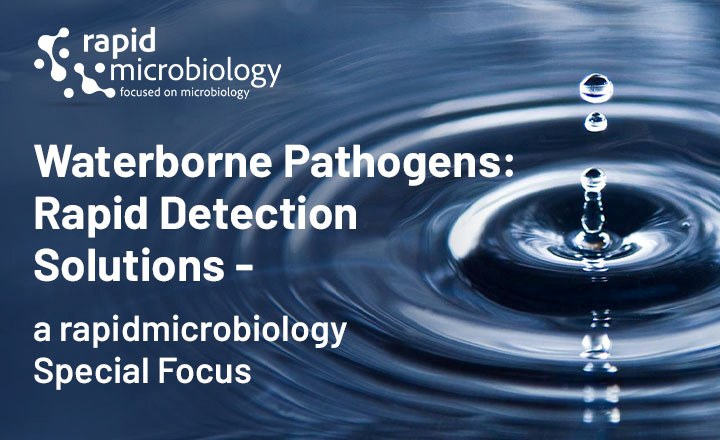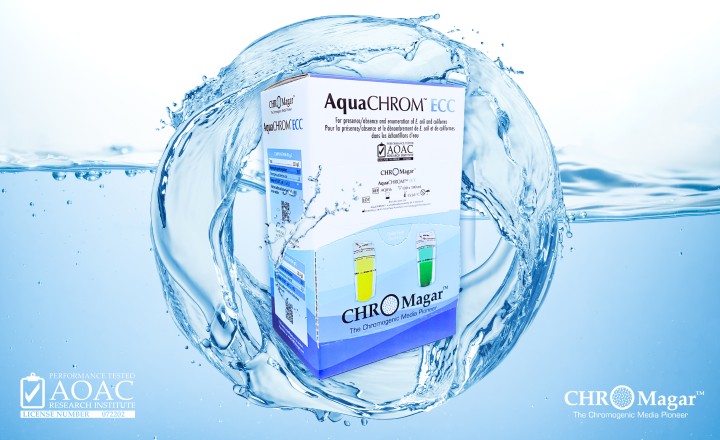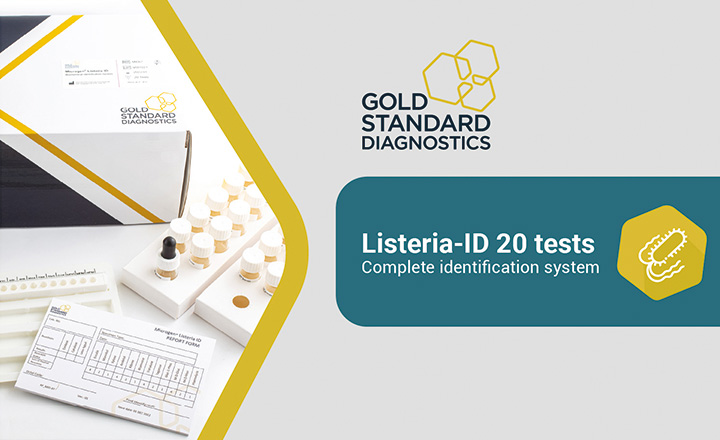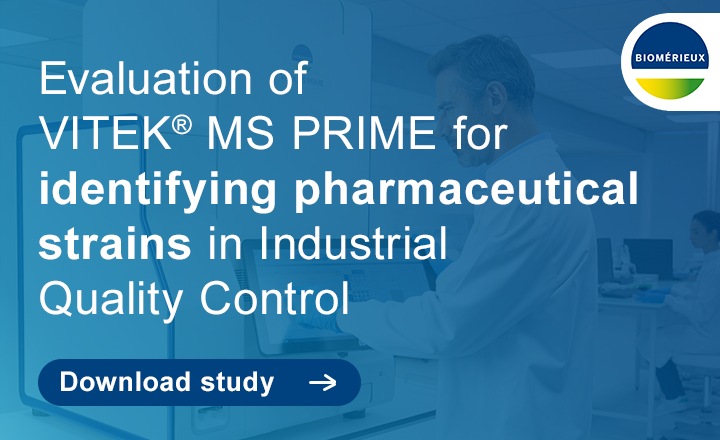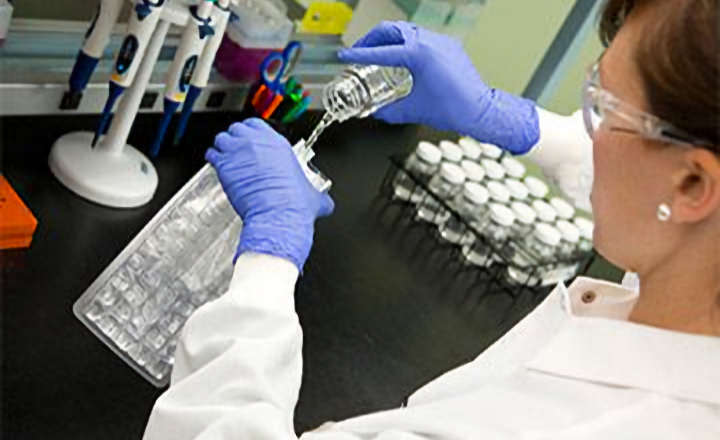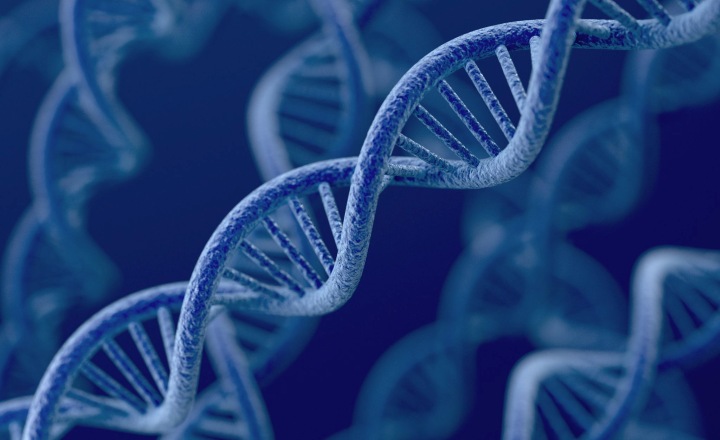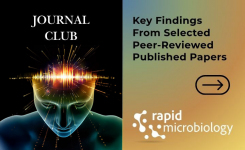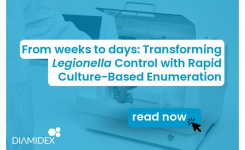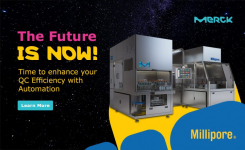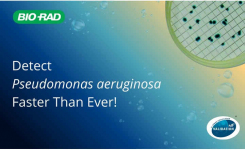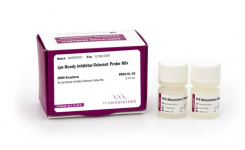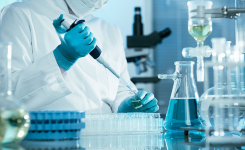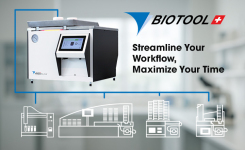Welsh Water is driven to become a world-class, resilient and sustainable water service for the benefit of future generations. As part of this, they have invested in MALDI-TOF technology for the confirmation and identification of bacteria from water samples.
Due to instrument footprint being of importance and the environmental library the Bruker system provided, the decision to purchase the compact Bruker BioTyper was made
In this article, Matthew Jones, Technical Development Manager at Welsh Water, explores all aspects of introducing MALDI-TOF into a UK water company; from procurement to validation and accreditation to standardisation. Matthew explains how the method was developed and validated along with gaining UKAS accreditation to ISO 17025:2017 DWTS and the on-going work to establish a MALDI-TOF blue book with the Standing Committee of Analysts.
Introduction
The use of MALDI-TOF technology for bacterial identification and confirmation for drinking water samples will provide Dŵr Cymru Welsh Water with information to allow for more tailored and efficient investigations during microbiological incidents. The confirmed result and identification information will be available to the business 24 hours sooner than it is with confirmatory biochemical techniques; potentially this will lead to cost savings and an improved level of service to the customer regarding public health protection.
The business case for MALDI-TOF purchase
With MALDI-TOF technology the confirmed bacteriological results would be available in the same timescale as presumptive results currently are. So the operational side of the business would not incur unnecessary costs from reacting to presumptive results that later do not confirm as pathogens. The operational decisions that are made on these MALDI-TOF results would, therefore, be better informed and allow for more tailored and efficient investigations and responses.
Case study example – An Enterococci Water Quality Event
If a presumptive Enterococci were to be detected at a treatment works, the confirmed result would not be available until approximately 5 hours later. In some cases, a response is started as soon as a presumptive result is reported. This response would include:
- A Silver Management Centre being opened at a local depot, the flushing of a standby main and the mobilisation of the Gold Management Team. This would have an approximate cost of £50,000.
- 'A boil water notice could also be implemented, and if it were to be implemented for 40,000 customers, this would have a potential cost of up to £2 million.
- There are also additional costs of resampling, sampling consumables, fuel and management time which would cost approximately £1,000.
Having a MALDI-TOF provides significant cost and time savings as Dŵr Cymru Welsh Water would no longer react to presumptive results which later do not confirm. This also provides additional reputational value, as customers would only be impacted by confirmed bacteriological failures. Thus, producing a reputational saving to the business which cannot be quantified in terms of monetary value.
Validation of the MALDI-TOF instrument
We carried out a validation study to assess the MALDI-TOF technique for the confirmation of Coliforms, E. coli, Enterococci and C. perfringens and establish whether the method can be regarded as equivalent to the conventional confirmatory methods detailed in the 'Microbiology of Drinking Water Series'.
We did this by breaking it down into different assessment stages:
1. Assess variables such as agar type, people and preparation techniques.
2. Library assessment using reference-material organisms spiked into drinking water samples and determining if the MALDI could successfully identify the organisms. Organisms typically isolated from drinking water were chosen.
3. Method comparison using both reference-material and naturally-derived organisms spiked into drinking water. The MALDI was compared to the agar-based biochemical confirmatory methods used in our laboratory.
4. A variety of samples were analysed over different days, under different conditions by different analysts to determine if the MALDI method was repeatable and reproducible.
5. Analysed two rounds of proficiency scheme samples for each organism.
6. E. coli/Shigella: Our MALDI system cannot differentiate these organisms due to their fingerprint profile similarity. To assess whether this was an issue for us, we analysed reference strains of Shigella via our current method and the MALDI method.
Validation results
1. Variables assessment – All were acceptable. There was no significant impact of agar types, preparation methods and people on the identification results generated by the MALDI.
2. Library Assessment:

Conclusion: We found the MALDI had correctly identified the organism to species level at an acceptable rate.
3. Method Comparison:

Conclusion: The MALDI method was comparable to our current agar-based biochemical confirmatory methods. We also carried out statistical analysis using the ISO 17994 method comparison approach and the methods were not significantly different with the MALDI method performing slightly better and not having the known limitation of confirmatory biochemical methods.
4 & 5. The MALDI method was demonstrated to be reproducible and repeatable under different conditions and with different people carrying out the analysis.
6. E. coli/Shigella – When analysing samples spiked with Shigella reference material organisms, there was no difference between our current method and the MALDI method with both confirming the organisms as E.coli.
Microbiology of Drinking Water Blue Book
A draft Blue Book on Bacterial Identification by MALDI-TOF and use as a Confirmatory technique has been sent out to the Standing Committee of Analysts (SCA) Microbiology committee for comment. This Blue Book will cover: use and Maintenance, analytical quality control, analysis method for water, how to verify the performance of MALDI method and a full validation report of single laboratory (Dŵr Cymru Welsh Water) study.
Once published, the book will be available on the SCA website - www.standingcommitteeofanalysts.co.uk
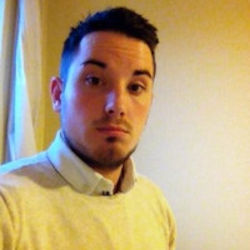
Matthew Jones has worked at Dŵr Cymru Welsh Water for the past 7 years and currently manages the Technical Development team based at Welsh Water’s Glaslyn Laboratory in Newport. The Technical Development team are responsible for developing new methods and processes for Microbiology, Cryptosporidium, Inorganic and Organic Chemistry drinking water analysis and the subsequent UKAS accreditation.






